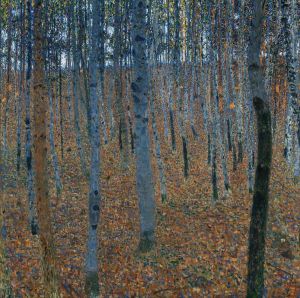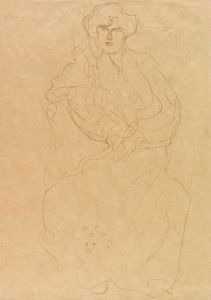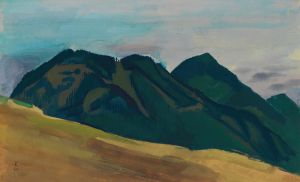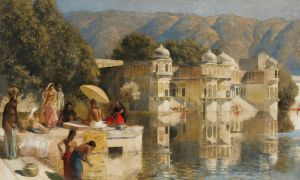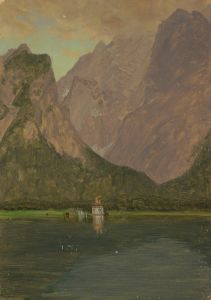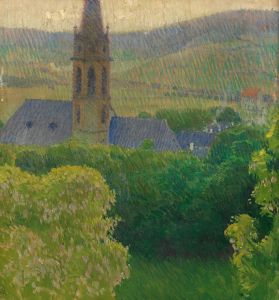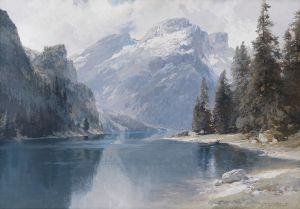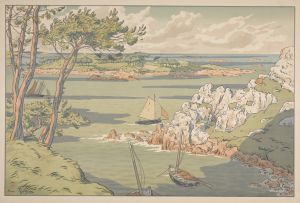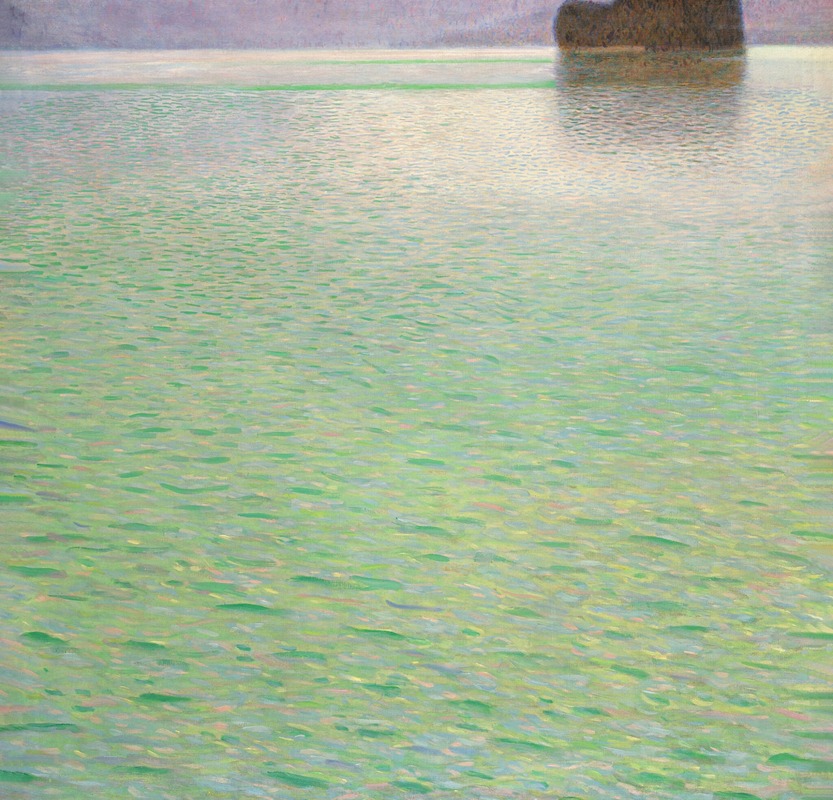
Insel im Attersee
A hand-painted replica of Gustav Klimt’s masterpiece Insel im Attersee, meticulously crafted by professional artists to capture the true essence of the original. Each piece is created with museum-quality canvas and rare mineral pigments, carefully painted by experienced artists with delicate brushstrokes and rich, layered colors to perfectly recreate the texture of the original artwork. Unlike machine-printed reproductions, this hand-painted version brings the painting to life, infused with the artist’s emotions and skill in every stroke. Whether for personal collection or home decoration, it instantly elevates the artistic atmosphere of any space.
"Insel im Attersee" (Island in the Attersee) is a painting by the renowned Austrian symbolist painter Gustav Klimt. Created around 1901-1902, this work is a part of Klimt's landscape series, which he painted during his summer holidays at Lake Attersee in the Salzkammergut region of Austria. Klimt is best known for his distinctive style that combines symbolic subject matter with elaborate ornamentation, and while he is often associated with his portraits and allegorical works, his landscapes represent an important aspect of his oeuvre.
The painting depicts a view of an island in Lake Attersee, capturing the serene beauty of the natural environment. Klimt's landscapes are characterized by their vibrant colors and intricate patterns, and "Insel im Attersee" is no exception. The painting showcases his unique approach to depicting nature, where he employs a mosaic-like technique, using small, distinct brushstrokes to create a shimmering effect on the water's surface. This technique reflects the influence of Impressionism, yet Klimt's work remains distinct due to its decorative quality and symbolic undertones.
"Insel im Attersee" exemplifies Klimt's ability to convey the tranquility and majesty of the natural world. The composition is dominated by the expansive view of the lake, with the island situated slightly off-center, surrounded by the shimmering blues and greens of the water. The horizon is high, and the sky occupies only a small portion of the canvas, emphasizing the vastness of the lake. This compositional choice draws the viewer's attention to the interplay of light and color on the water, a hallmark of Klimt's landscape paintings.
Klimt's summers at Lake Attersee were a productive period for his landscape work. He often stayed with the family of Emilie Flöge, a close companion and muse, at their summer residence. The peaceful surroundings provided Klimt with the inspiration and solitude necessary for his creative process. During these retreats, he produced numerous landscapes, capturing the changing moods and colors of the lake and its surroundings.
"Insel im Attersee" is a testament to Klimt's fascination with nature and his ability to translate its beauty onto canvas. Unlike his more famous figurative works, which often explore themes of love, death, and the human condition, his landscapes are more focused on the aesthetic experience and the exploration of color and form. This painting, along with his other landscapes, contributes to the understanding of Klimt as a versatile artist who was not only a master of the human figure but also a keen observer of the natural world.
Today, "Insel im Attersee" is celebrated as an important work within Klimt's landscape series. It reflects his innovative approach to painting and his ability to blend elements of symbolism and impressionism. The painting is held in high regard for its artistic merit and continues to be studied and admired by art historians and enthusiasts alike.






